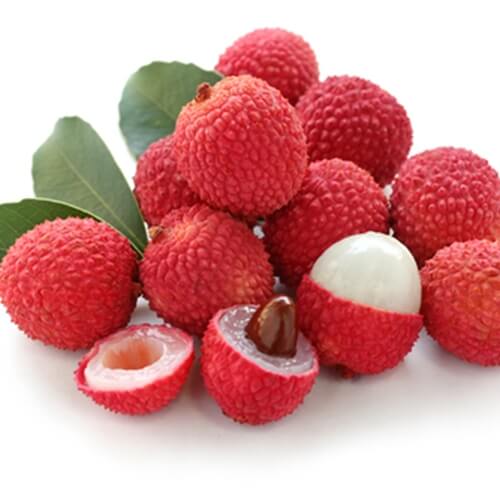5 odd fruits and vegetables to experiment with

Culinary arts students are always looking for new things to test out. Basic fruits and vegetables can be made a number of delicious and interesting ways. But when cooks are looking for something completely original to experiment with in their kitchen, there's an array of uncommon, healthy options to try.
Cherimoya
This fruit grows on shrub-like trees and is characterized by green skin and a soft, white inside. When ripe and ready to eat, the outside will be dark brown. The flesh is creamy and sweet, leading the cherimoya to be referred to as a "custard apple." Keep an eye out for the black seeds, which are inedible. With a taste that's a mix of pineapple, banana and mango, this fruit will leave your taste buds wanting more.
White Asparagus
A little odd-looking, white asparagus tastes the same as its more common, green counterpart. Popular and superior in Europe due to its increased tenderness, this albino vegetable is grown without being exposed to direct sunlight. Kept under piles of dirt or plastic, the color of white asparagus is a result of a lack of chlorophyll. Substitute this variety if you're looking for a veggie that's a little less bitter.
Cucamelon
About the size of a grape, cucamelons are vine-grown and native to Central America and Mexico. With the taste of a cucumber and a hint of lime, this vegetable resembles a mini watermelon. Chop a cucamelon to add some extra flavor to salsa or as an addition to a summer salad.
Gai Lan
Characterized by dark green leaves and skinny stalks, gai lan is sometimes called "Chinese broccoli" or "Chinese kale." Easily boiled, stir-fried or sautéed, this vegetable is slightly more bitter than normal broccoli, but holds comparable amounts of potassium and vitamins A and C.
Lychee
Resembling a raspberry, the cultivation of lychees are becoming more common around the world. Originally grown in Asia, this small fruit has a pinkish-red outside that is not meant to be eaten. When the rind is peeled back, however, a sweet, translucent flesh with the texture of a grape is revealed. This fruit, sometimes with hints of tartness, is usually eaten fresh from the tree it grows on.
The list of unusual fruits and vegetables is long and will continue to grow as farmers decide to crossbreed the two to create something new. Keeping recipes simple and incorporating these fun, new flavors is a way for those pursuing culinary or baking and pastry arts to experiment.


